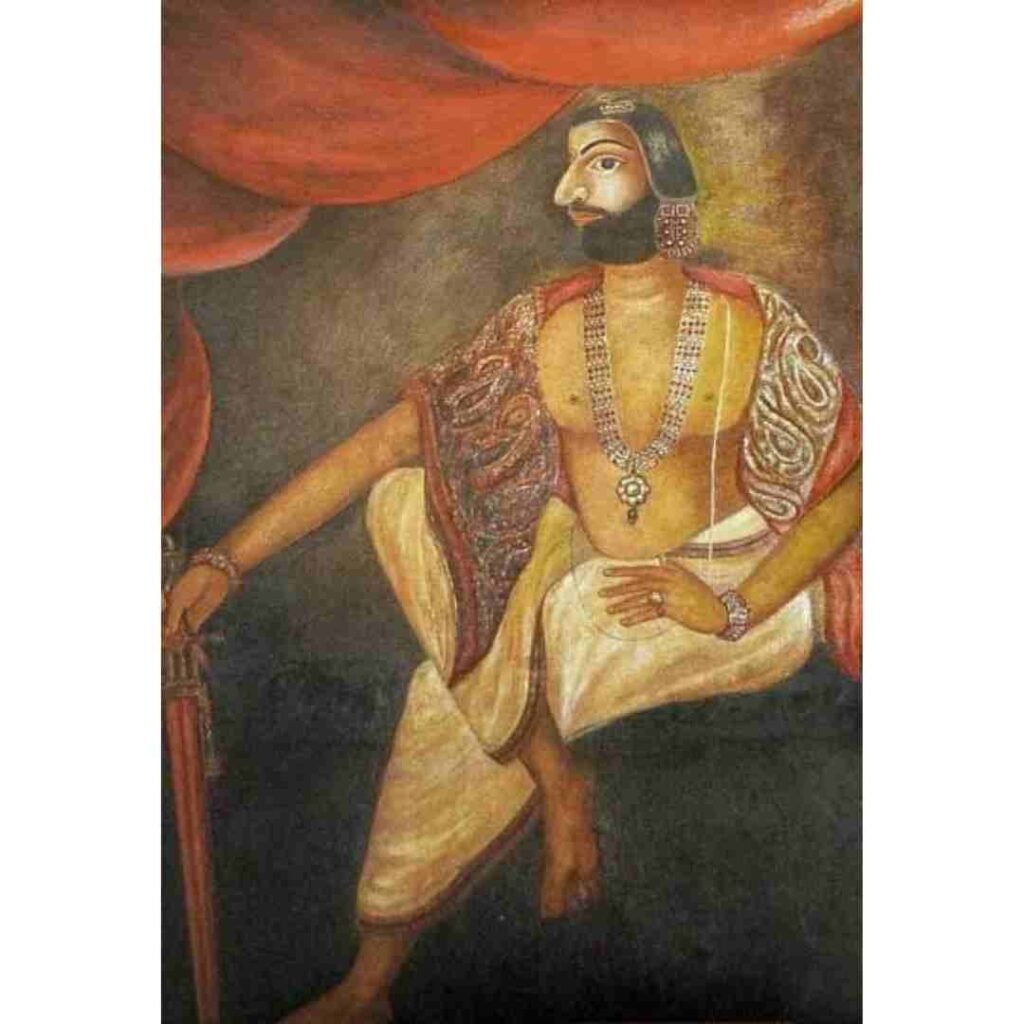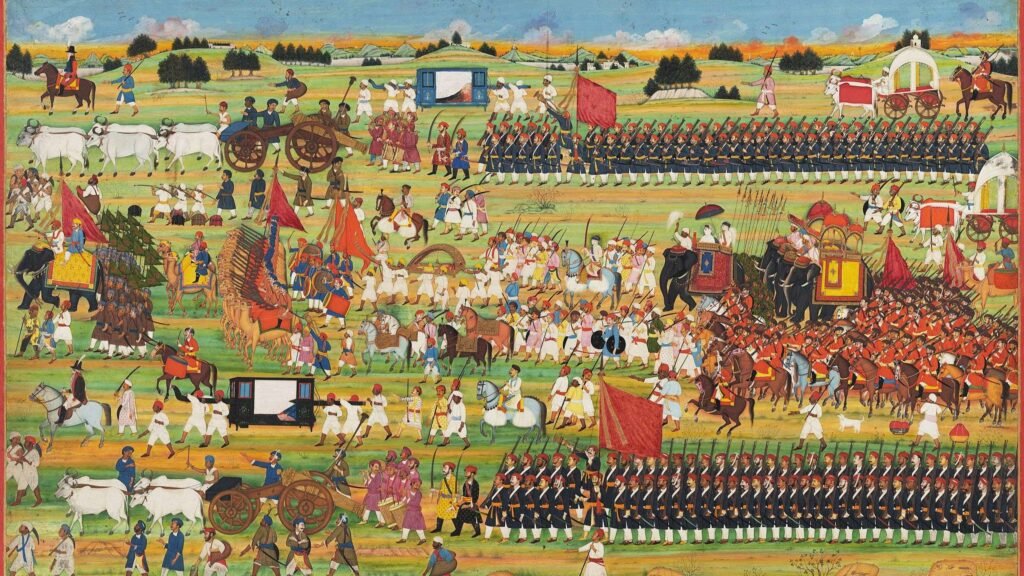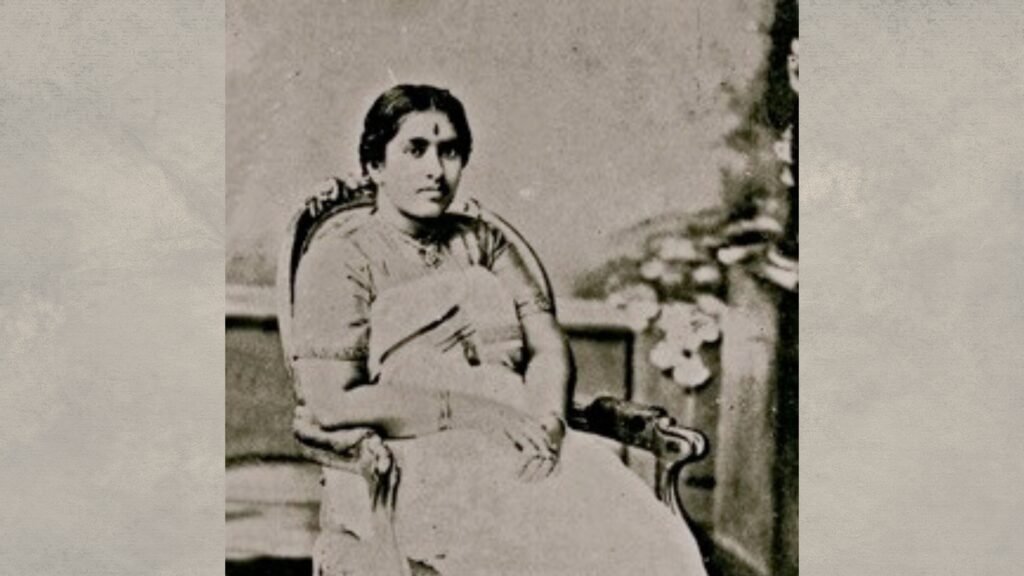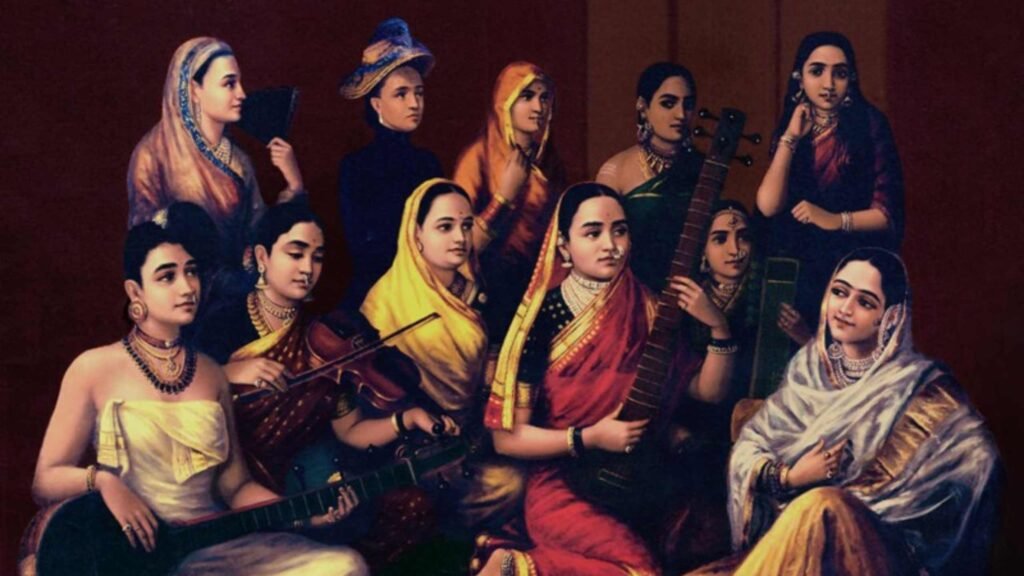In the late 1600s, the most respected and the most formidable ruler in Kerala was a queen. Her name was Umayamma Rani and she was the senior-most queen of the kingdom of Attingal. At a time when men monopolised all political power, it would seem that any queen, let alone a powerful queen, was an exception. But in fact, she was not. Umayamma came from a long line of powerful queens who, for centuries, had ruled Attingal.
Attingal was originally a part of the kingdom of Venad, which covered southern Kerala, including Trivandrum (Thiruvananthapuram), and parts of Tamil Nadu too. For centuries, the royal families of Venad followed a system of inheritance called the marumakkathayam, or the matrilineal system. In this system, family wealth and titles passed from the king to his sisters’ children. His sister was the queen, and she was an integral part of the succession process. She had to have children – at least one boy, but more importantly, one girl. If a queen had only male children, the king had to adopt a princess from a neighbouring royal family to be his niece. This wasn’t always easy. Other royal families also followed the matrilineal system and were reluctant to give up their girls.
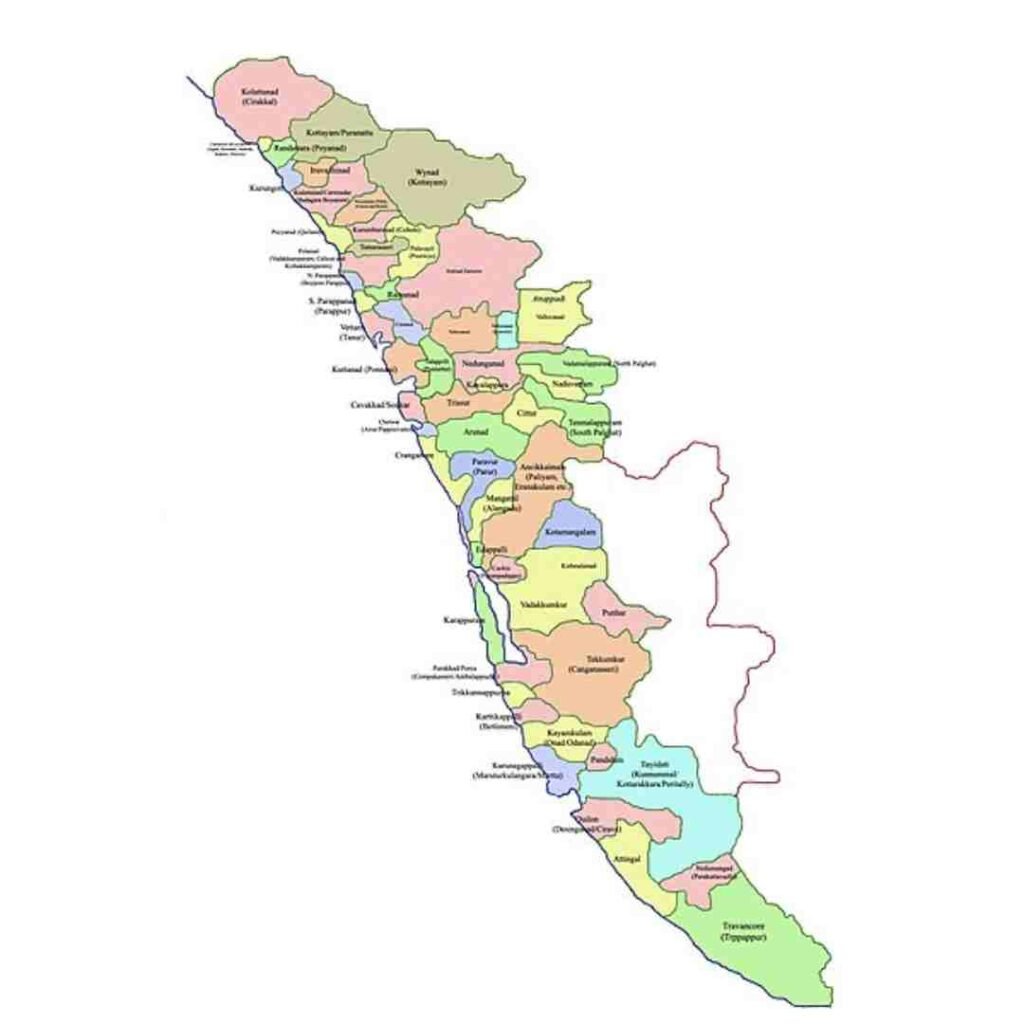
In 1305 a solution was formulated by the then ruler of Venad. He brought two princesses from the nearby kingdom of Kolathiri to join his household. He carved out the Attingal region from his kingdom and gave it to them, declaring them and any of their female heirs the sovereign rulers of Attingal. In return they would be the queens of Travancore and give their sons to Travancore as kings.
The Attingal queens were a force to be reckoned with in their heyday. They held much political and socio-religious sway and were held in high regard by the kings of Travancore and the public. In their 400 years of rule, these powerful queens held autonomous power in Attingal and did pretty much what they wanted. They waged wars, granted favours, made treaties, and generally made life difficult for the kings of Travancore – despite them being their sons, brothers and nephews. They considered themselves entirely independent of the laws of Travancore and sometimes even negotiated deals with other powers on behalf of Travancore…with or without the king’s knowledge. One of these queens was Ashvathi Tirunal, better known as Umayamma Rani. In 1677, King Aditya, the ruler of Travancore died, and his closest nephew and rightful heir was a prince named Ravi Varma. But Ravi Varma was a minor and too young to be crowned. Sensing an opportunity, princes from other branches of the family staked a claim to the throne.
Detour: How did the matrilineal system in Kerala work?
At that time, the junior queen was Umayamma. The minor prince, Ravi Varma, was her nephew. Umayamma rose to the challenge and took the title of regent. She was a bold queen. Within a short time she defeated all the other pretenders. She cleverly gave trade concessions to the British, balancing out the Dutch threat. By the time Ravi Varma was formally crowned in 1685, the kingdom had stabilised. Ravi Varma went on to rule till 1718. But Umayamma dominated Travancore politics till her death in 1698.

An extremely capable matriarch, foreign visitors to her court described Umayamma as ‘an Amazon who was feared and respected by everyone’. In those days, there was an old injunction that banned Attingal Ranis from crossing a river into the southern territories of Travancore. When Ummayama was still only a junior queen, she led a campaign across the river, and into Travancore. Her ferocity and the mighty army that followed her had the local king take flight in fear.
One foreign visitor to her court wrote that Umayamma Rani had ‘whom and as many as she pleases to the honour of her bed’. Handsome men were a common sight in her court. There is a story that says that she once took a shine to a particularly handsome Englishman and took him as her lover. She was so pleased with him, that when he left her court she gave him many presents. One of the presents was a grant for Anjengo, which for many years stood second only to Bombay as a port of importance.

Umayamma eventually relinquished the throne to her nephew. Unfortunately, she was one of the last true sovereign queens of Attingal. After her death, there was no natural female successor. The Rani who was eventually adopted was an outsider to Attingal, and so faced many problems from her court. The power of the Ranis slowly declined. When Marthanda Varma became the king, he made a treaty with the then principal Rani and moved them all out to Trivandrum. While they retained their social standing, they lost all political power. He allotted a royal estate to them and settled them right where he could keep a close eye on them.
